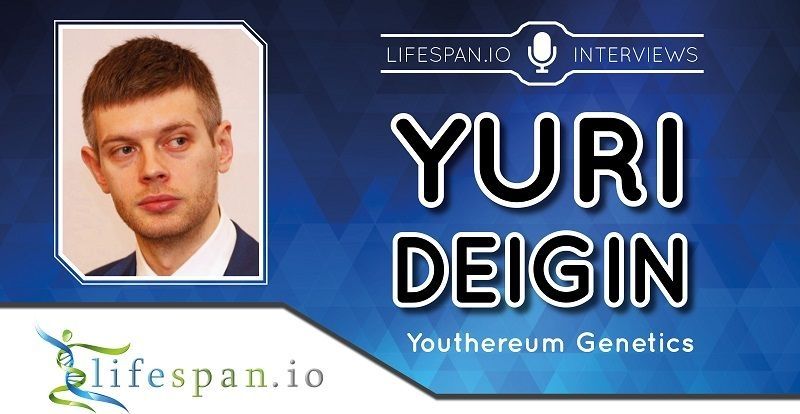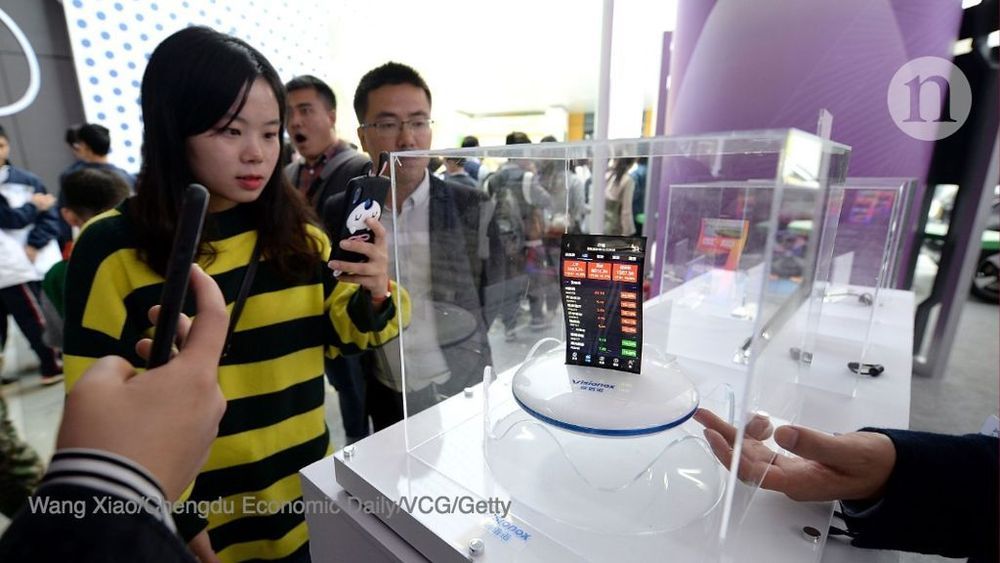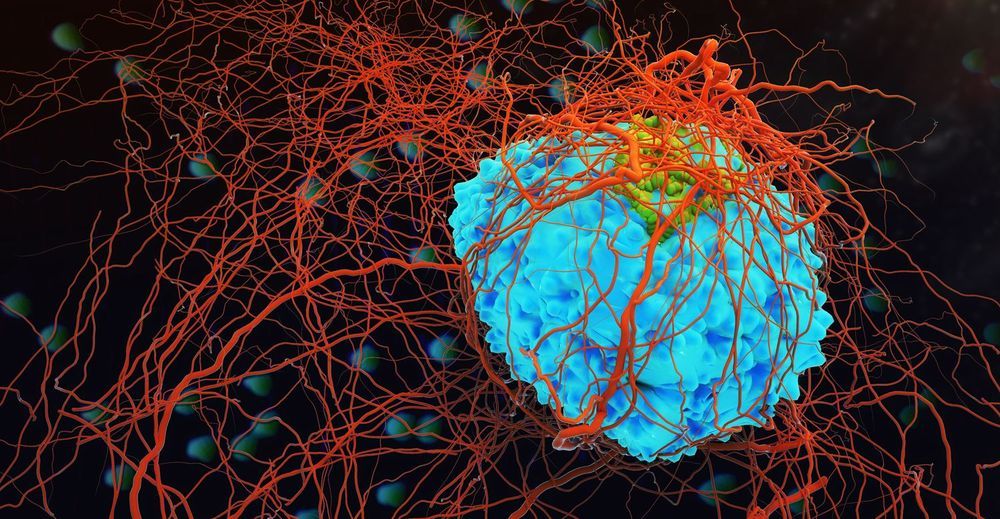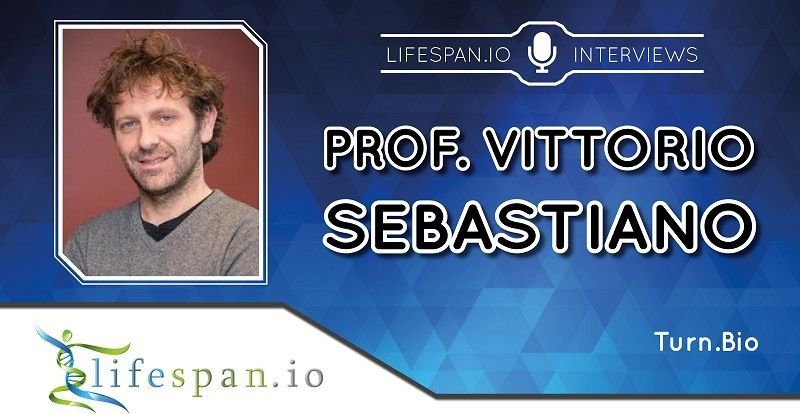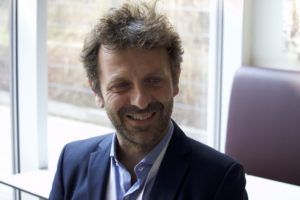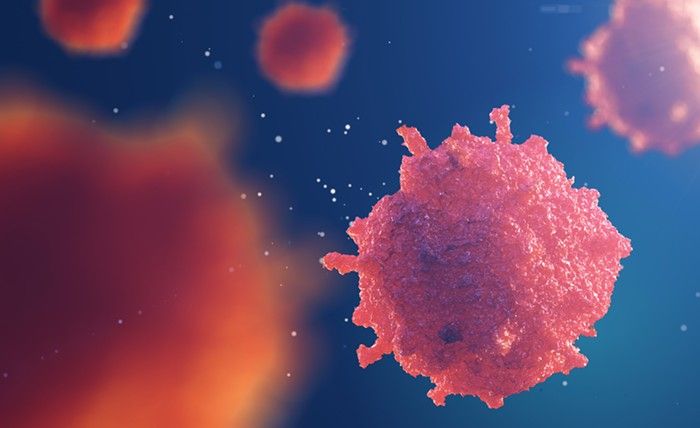At the Undoing Aging 2019 conference, we had the opportunity to interview Yuri Deigin, the CEO of Youthereum Genetics. His company is developing therapies that focus on OSKM, the Yamanaka factors known for turning cells back into a pluripotent state. By partially reprogramming cells using a single component of OSKM, Oct4, the company hopes to remove epigenetic aging from cells while still allowing them to retain their normal functions.
Do you think epigenetic alterations are a cause or a consequence of aging, and why?
Well, this question has so many different parts that need to be addressed. Of course, there are alterations that are consequences. Some of the epigenetics are consequences of aging, like epigenetic drift, with things that aren’t methylated in cells, as they divide throughout the lifetime, that methylation seems to get diluted away with subsequent divisions, but other parts of the genome, many of the epigenetic changes that happen that we can track throughout the aging of an organism are definitely not consequences of aging; they’re actually, from what I understand, causes of aging or causes in the change of metabolism and change of homeostasis, change how the organism behaves, essentially, that are driven by some high program in animal development, that basically silences some genes and activates other genes.
